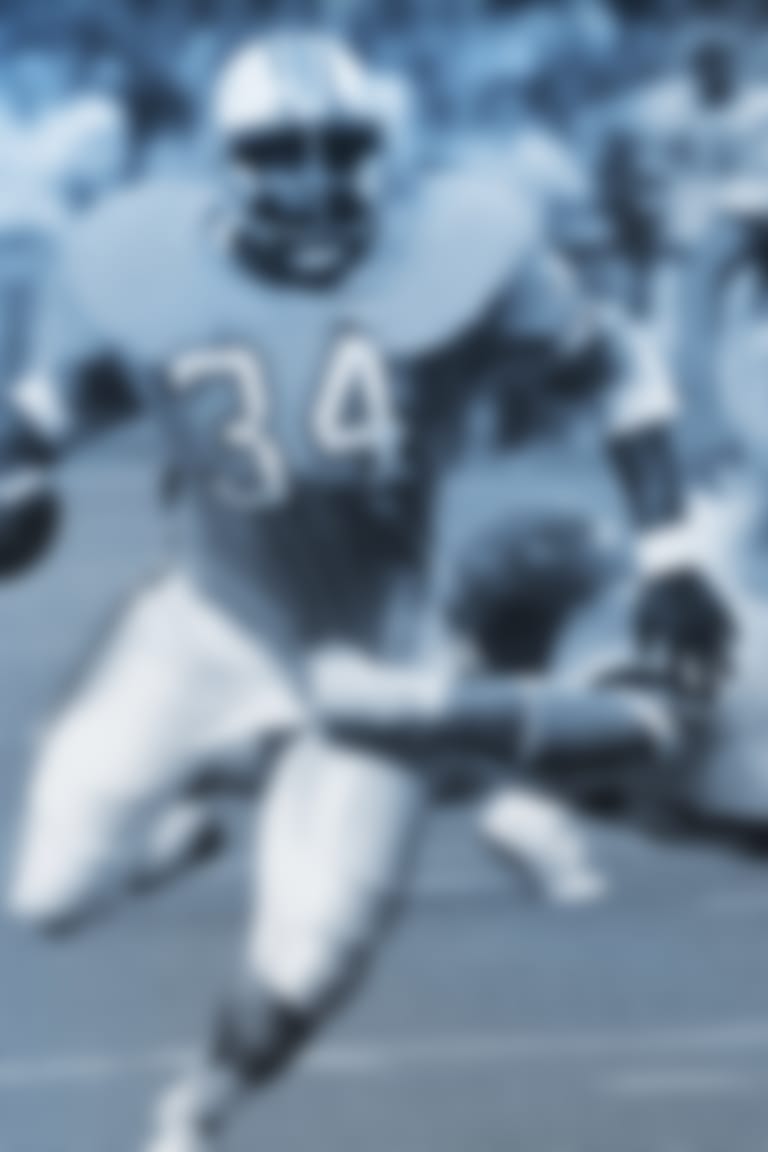By Chris Wesseling | Published Aug. 6, 2015
British novelist Louis de Bernières once described the untamed force of love as a "temporary madness," erupting like a volcano before subsiding.
What is it about an iconic professional sports team that leaves an enraptured fan base susceptible to that feverish feeling, independent of free will and swept up in the rising tide of excitement and possibility?
The late-1970s "Luv ya Blue" Houston Oilers provide context, the relationship with their fans serving as professional football's definitive example of a torrid love affair between a city and a team. After years of humiliation and embarrassment, in which the Oilers were cast as the NFL's laughingstock franchise of the early 1970s, the Bum Phillips-Earl Campbell era ignited a frenzy unparalleled in NFL history.
If the Oilers were cursed with the misfortune of reaching the height of their powers when the Pittsburgh Steelers were entrenched as football's greatest dynasty, they were also blessed with the serendipity to embody the perfect team in the perfect town at the perfect time.
Never before or since has a professional team been welcomed home from a season-ending loss by throngs of fans estimated at anywhere from 50,000 to 300,000. That unprecedented phenomenon occurred after each of the Oilers' back-to-back AFC Championship Game losses to the Steelers, at the pinnacle of the "Luv ya Blue" era. The jubilation spread like wildfire from the Houston airport, through thousands of honking cars parked along the highway to a raucous late-night celebration at the Astrodome.
"You ever heard of a welcome city?" All Pro linebacker Robert Brazile asks. "Everybody knows about a welcome wagon. But this was a welcome city. It gives me chills, boss, every time I think about that."
How did the city of Houston reach that fever pitch in 1978 and '79?
The story starts with Bum Phillips, the NFL's down-home football philosopher.















